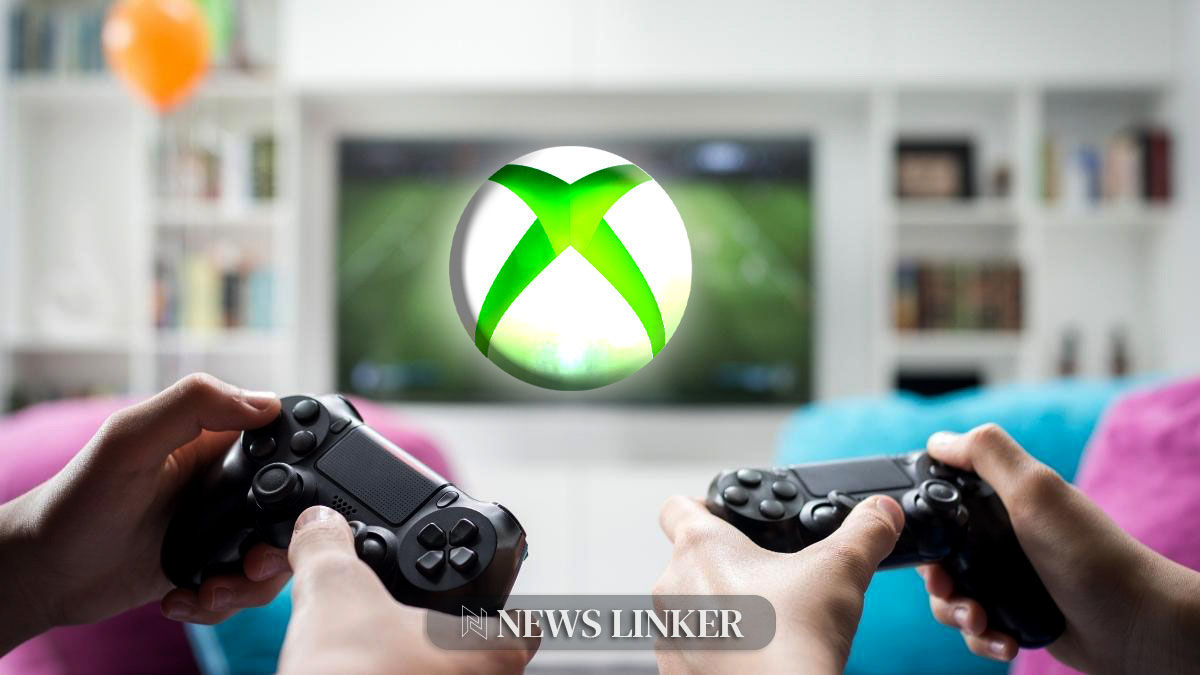The upcoming game Senua’s Saga: Hellblade 2 is reportedly set to function at a 30 frames per second (FPS) rate on the Xbox Series X|S consoles. This revelation comes amidst expectations of higher performance benchmarks for the latest generation of gaming systems, prompting discussions among gamers and industry experts about the implications for gameplay experience and technological standards.
Over time, the gaming community has witnessed an evolution in performance standards, with developers pushing the limits of console capabilities. Predecessor games on earlier Xbox models often targeted 30FPS as an acceptable performance rate, but the bar has been raised with the advent of more powerful hardware. Gamers have grown accustomed to the promise of smoother and more responsive experiences at higher frame rates, especially on advanced consoles such as the Xbox Series X|S.
What Does 30FPS Mean for Players?
A 30FPS cap on a next-gen console like Xbox Series X|S sparks a debate regarding the balance between visual fidelity and performance. While a higher frame rate is often associated with a more fluid gaming experience, some developers prioritize detailed graphics and expansive environments that may necessitate a lower frame rate to maintain stability. The choice to lock Hellblade 2 at 30FPS suggests a focus on cinematic quality and complex game mechanics that could redefine the expectations for blockbuster titles on cutting-edge gaming platforms.
How Have Other Titles Managed Performance?
Comparatively, various high-profile games have offered different performance modes, allowing players to choose between enhanced visuals at a lower frame rate or a smoother performance with scaled-back graphics. This trend has set a precedent, giving gamers the flexibility to tailor their experience to their preferences. However, the decision to not implement such options in Hellblade 2 could indicate a confident stance by the developers in their vision of the game’s presentation and playability.
Are There Technical Limitations to Consider?
In a study published in the Journal of Computer Graphics Techniques, titled “Real-Time Graphics Rendering on Modern Computer Hardware,” researchers examined the trade-offs involved in real-time graphics rendering. They found that achieving high-fidelity visuals at consistent frame rates is often a complex balancing act that involves various aspects of game design and hardware utilization. This scientific perspective sheds light on the technical challenges that game developers face and correlates with the decision to maintain a 30FPS standard for Hellblade 2, considering the game’s graphical ambitions.
Useful Information for the Reader
- 30FPS can ensure stability for graphically intense games.
- Higher FPS might compromise intricate visual details.
- Performance options provide player preference flexibility.
In assessing the performance benchmark set by Senua’s Saga: Hellblade 2, it is evident that the developers have made a deliberate choice to prioritize certain aspects of the game’s delivery on Xbox Series X|S consoles. This decision highlights an ongoing challenge in the gaming industry: how to balance the desire for hyper-realistic, detailed game worlds with the technical limits of console hardware and the gameplay expectations of the community. The response from players to this 30FPS standard will undoubtedly influence future development strategies and could signal a shift in what is deemed acceptable by the gaming audience. It remains to be seen whether the immersive qualities of Hellblade 2 at this frame rate will suffice to satisfy gamers’ evolving demands for performance and realism.










